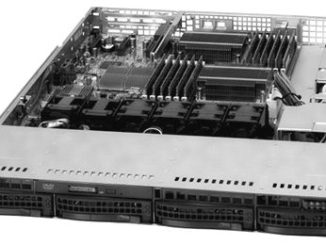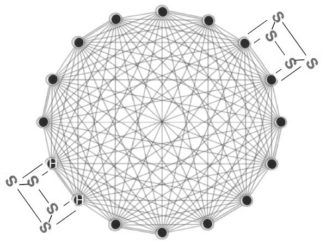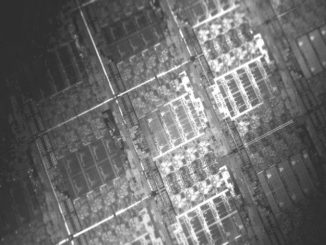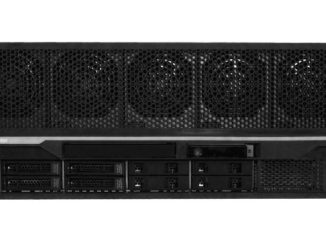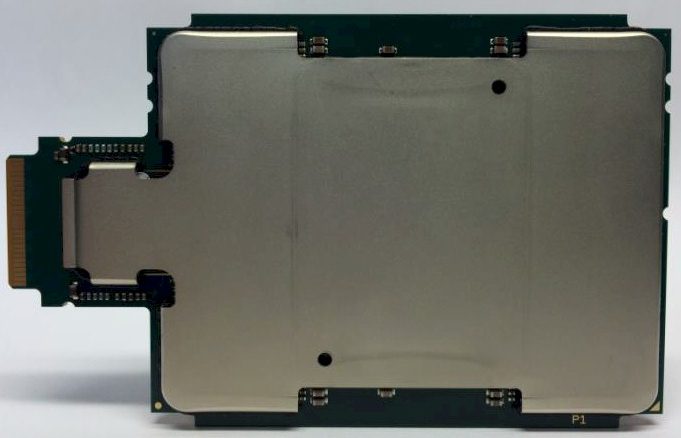
Intel Stacks Knights Landing Chips Next To Xeons
The “Knights Landing” Xeon Phi processor from Intel will be shipping by the end of the year and ramping in volume through 2016, and it is set to shake up the systems market in a number of significant ways. …

